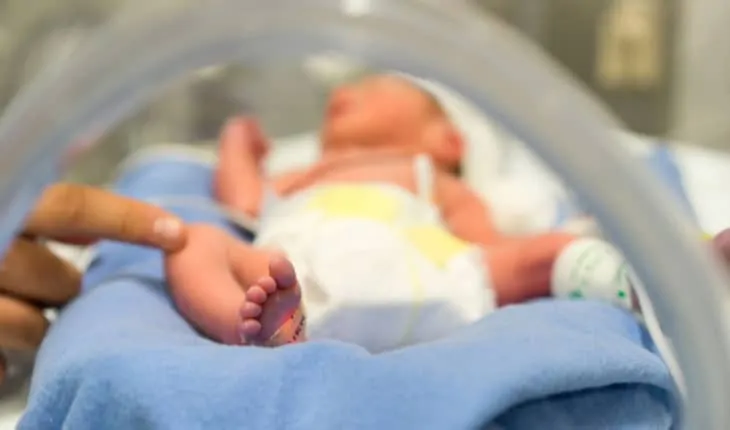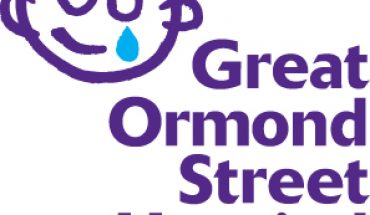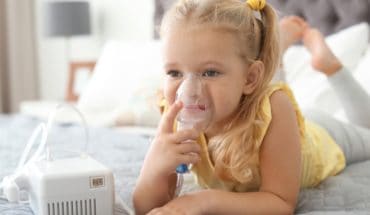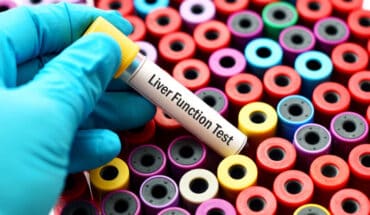What do premature babies hear while lying in an incubator? “That is the question addressed by an interdisciplinary team from the Medical University of Vienna, led by Vito Giordano (neuroscientist at the Division of Neonatology, Pediatric Intensive Care and Neuropediatrics at the Comprehensive Center for Pediatrics (CCP) of Medical University of Vienna), by musicologist/acoustician Christoph Reuter, and by music physiologist Matthias Bertsch from the University of Music and the Performing Arts in the recent study “The Sound of Silence”, published in the journal “Frontiers in Psychology”. This study shows that premature babies are exposed to a high level of noise in the incubator, particularly if they are on respiratory support in the neonatal intensive care unit (NICU).
According to data from the World Health Organization (WHO), approximately 15 million babies a year are born prematurely, the proportion varying between 5% and 18% depending on the country of origin. Despite general improvements in intensive care medicine, many premature babies face life-long impairments. The intrauterine hearing experience differs strongly from the extrauterine auditory load encountered in a neonatal intensive care unit (NICU).
“It is primarily low frequency noises (note: below 500 Hz) that are transmitted and filtered through the mother’s body. Several studies have indicated that the noise level inside the NICU repeatedly far exceeds the recommended threshold of 35 dB. Signals from monitoring equipment, loud talking, sudden opening of doors or medical procedures result in a high level of background noise and reach peak values well above 100 dB,” explains Giordano.
However, high noise levels can lead to hearing impairment or even hearing loss – the incidence being between 2% and 10% in very premature babies, as opposed to only 0.1% -0.2% in infants born at term. “Premature babies in an incubator lack the natural filtering and absorption of background noise that occurs in the mother’s womb. New acoustic stimuli and/or noises have a marked impact upon postnatal maturation of the auditory system, as pointed out by the Medical University Vienna expert. However, silence, which leads to deprivation, a feeling of isolation, is just as harmful as loud stimuli. The problem is not essentially new: nowadays, educational concepts and visual indicators to reduce noise are already standard in neonatal wards.
Making incubator noises audible to all
The aim of the recently published study was firstly to record the dynamics of sounds inside an incubator and secondly to enable others to understand the hearing experience of premature babies. “Everyone, especially clinicians, nurses, music therapists and parents are now able to imagine what it sounds like inside the incubator by listening to examples of the sounds themselves. Inside it sounds quite different from outside, since the incubator acts as a bass booster, i.e. lower frequencies below 250 Hz are significantly louder,” explains music physiologist Matthias Bertsch.
The results of the study show that the incubator has a “protective effect”, especially against medium and high frequency sounds, but amplifies lower frequency sounds. Moreover, the incubator lid has practically no protective effect against noise, there is an increase in high-frequency sounds when access doors are left open, and there is a high noise level generated by a respiratory support device. “What listeners find particularly surprising is how loud these respirators can become inside the incubator, even if the air-flow is only slightly increased. At a high flow-rate with the associated roaring sound, the increase is such that it equates to the noise of a vacuum cleaner at a distance of one meter (75 dB)”, the study authors explain. Neonatologists are therefore advised to set the air flow of respiratory support devices to the necessary minimum.
“We feel it is important to raise awareness of the problem, not only with acoustic noise level tables but with understandable audible results”, the authors highlight. The consequences of early exposure to noise can be wide-ranging, e.g. impaired ability to discriminate speech compared to children born at term, which was demonstrated in a parallel study of the same study group. This was conducted in July 2019 under the supervision of neurolinguist Lisa Bartha-Doering at the Comprehensive Center for Pediatrics (CCP) and published in the journal “Developmental Cognitive Neuroscience“.
“These study findings show that it is important to invest in new technologies,” Angelika Berger, Head of the Division of Neonatology, Pediatric Intensive Care and Neuropediatrics, explains, “and our research teams are currently working on such new technologies in order to improve the acoustic comfort and long-term outcome of our smallest patients”.
- Combination of drugs could prevent thousands of heart attacks - 21st April 2025
- UQ Study Links Poor Teen Diets to Heavy Social Media Use - 21st April 2025
- Gut microbiome could delay onset of type 1 diabetes - 3rd April 2025






